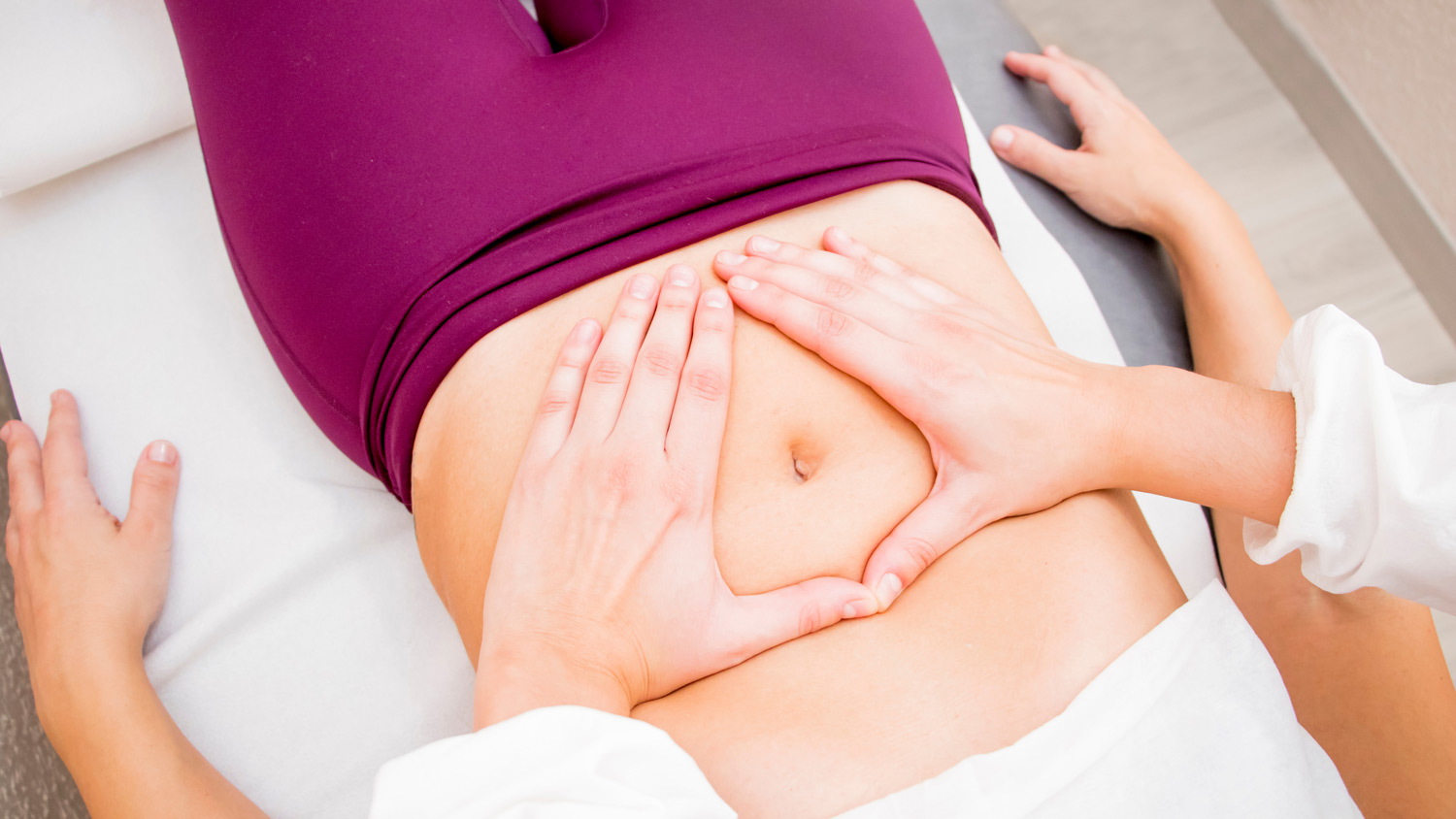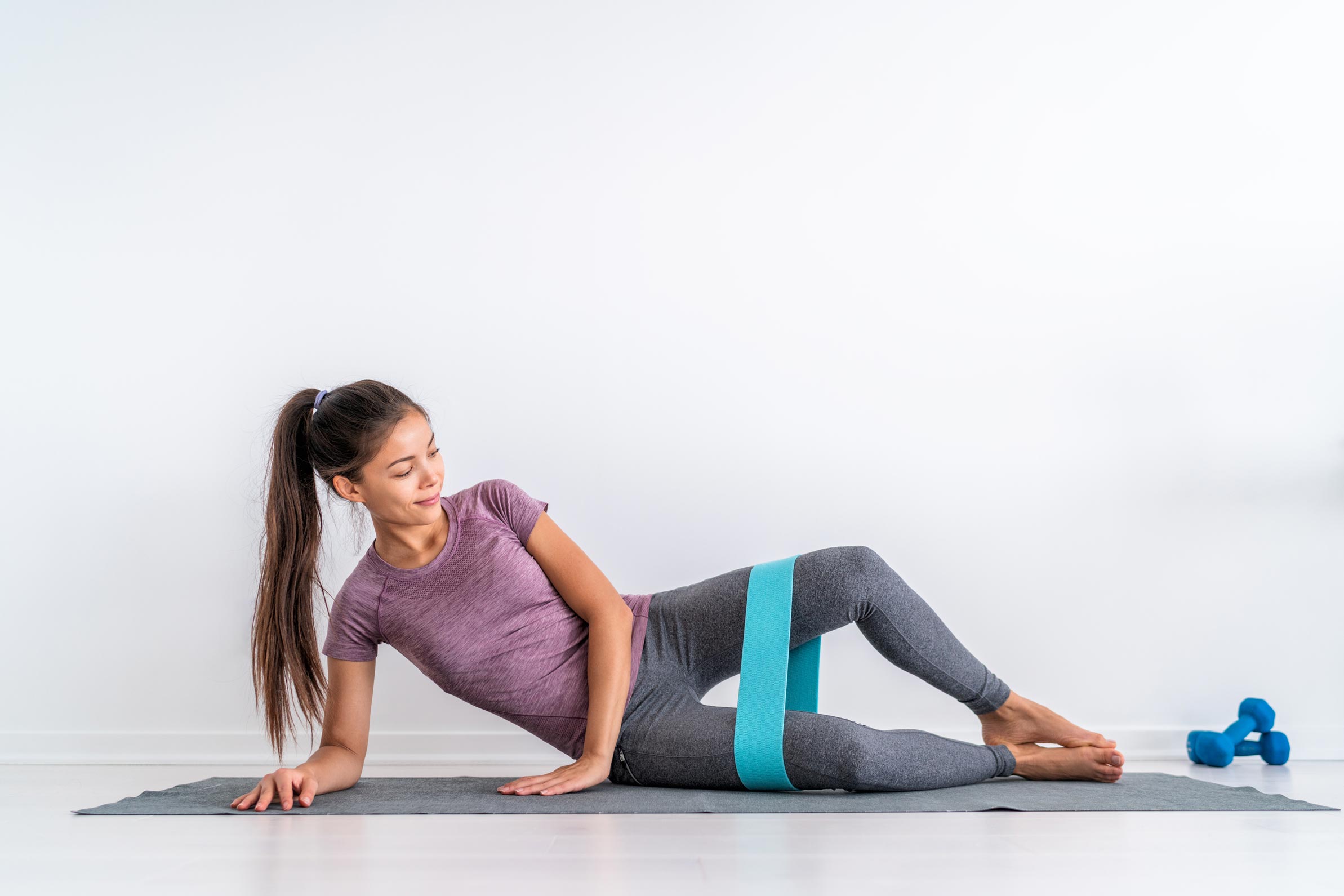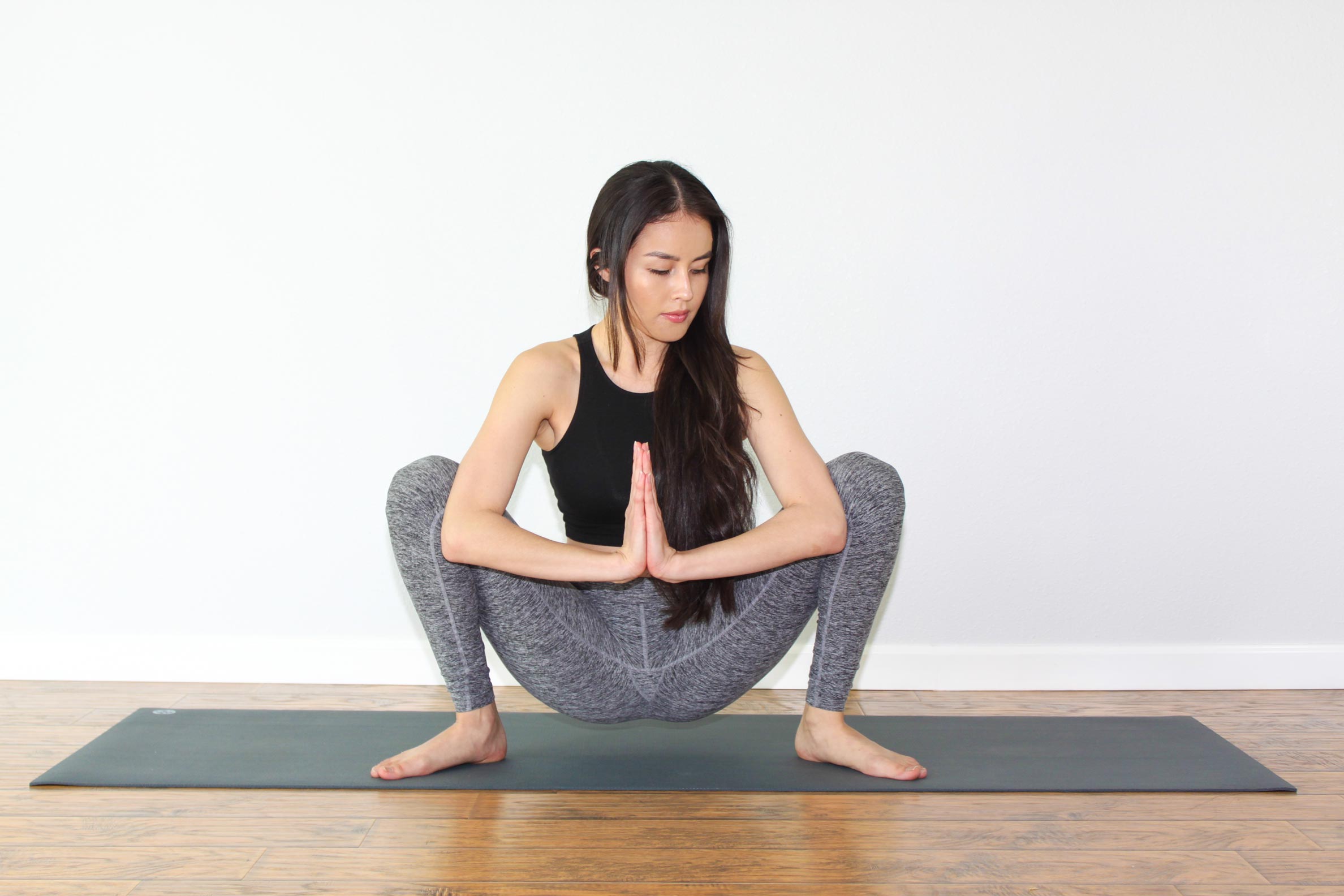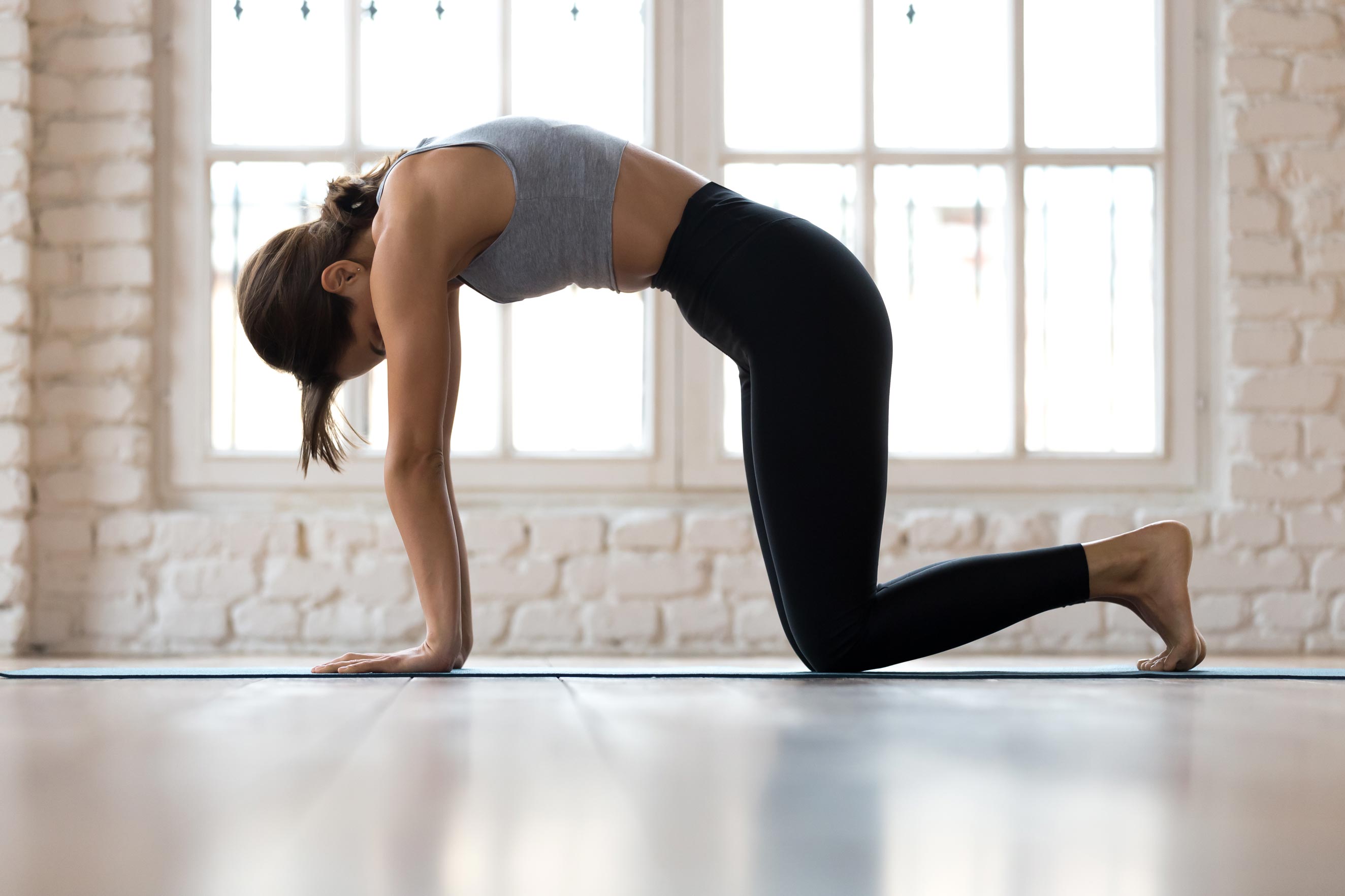
What role does the pelvic floor play in our daily physiological operations, and why should we pay attention to this part of the body? Let us finally get to the bottom of it.
First the facts. Science states a fact that both men and women need to strengthen their pelvic floor muscles. However, due to a woman’s exclusive capacity of childbearing, which requires both significant preparation and post-pregnancy rehabilitation,she has some prioritization quite understandably in maintaining good pelvic floor health. Enter: the Kegel and its inclusive exercises like squats, glute bridges and even Pilates. (Read below for the list).
Form and function: The anatomy of the pelvic floor is about nearly 90% similar for both male and female with the distinction of external reproductive organs. Pelvic floor muscles span the bottom of the pelvis and support the pelvic organs-bladder, bowel and uterus (in women). They form the deep core and respiration musculature as these muscles work with the transverse abdominal and back muscles as well as the diaphragm to support the spine and control the pressure inside the abdomen.
The floor of the pelvis is made up of layers of muscle and other tissue. These strata stretch like a hammock from the pubic bone on the front to the coccyx (tailbone) at the back, and from one ischeal tuberosity (sitting bone) to the other (side to side). The pelvic floor muscles are normally firm and thick, so when these muscles weaken, they can cause problems with bladder and bowel control, not to mention sexual dysfunction. In women, they provide support during pregnancy and need to be relaxed during delivery.
Kegel know-how
Step 1: Locate your pelvic floor. A quick and simple way is to try stopping your stream midway. Notice which muscles are engaging to hold urination. Do be careful not to make this a practice as it can damage to the urethra when done repeatedly.
Step 2: Lie flat on a mat. Tighten the same muscles you used to hold your pee (this time with an empty bladder) for five seconds, then relax your muscles. Repeat these small muscle contractions a few more times, working your way up to 10-second holds. Aim to perform this series at least 10 times.
Step 3: Have a goal of doing three sets of 10 Kegels per day. Focus on the same muscles you used to hold urination and not your abs, upper and inner thighs (adductors) or gluteals (buttocks).
Top 5 pelvic floor exercises
Kegel bridge

- Lie down on a mat with your knees bent, feet flat on the floor and hipwidth apart.
- Inhale and squeeze your pelvic floor through the mat as you lift your hips off the mat. Perform a Kegel and holding it for 510 seconds with your hips lifted.
- Relax your pelvic muscles and lower your hips down.
- Try doing three sets of 5 Kegel bridges with 10second muscle contractions
Clamshell

- Lie on one side with your bottom hand supporting your head, knees bent and heels aligned with hips. Stack knees and hips together.
- Lift top knee up and point it towards the ceiling, keeping feet together and hips stable, not rolled back. Lower the knee down on top of the bottom knee. That’s one rep. Do at least 10 per side before switching. Aim for 23 sets.
Yogi squat
(or chair-supported squat if unable to bend knees deeply)

- Stand with your feet at shoulderwidth apart, toes forward or slightly turned out. Bend your knees and push your hips back as if sitting down a chair. Keep knees tracking over the toes. Aim to squat down below 90 degrees, as this will intensify contraction and activation of the pelvic floor muscles. Aim to do 8-10 reps for 2 sets.
Pelvic brace

- Come on to all fours or in a quadruped position, wrists underneath shoulders and hips above knees. Inhale then as you exhale, draw your navel up toward the spine and in between your ribs, as if pulling up a zipper. Hold the contraction for 35 seconds (or three breath cycles), then release. Do at least 8-10 rounds
Prone heel squeeze
(or Prone diamond)
- Lie on your stomach and rest your forehead on the back of your hands with legs at shoulderwidth. Bend knees and touch heels together feeling the pelvic floor brace. Hold on to this “brace” or contraction for 3 seconds while lifting up legs off the mat. Keep squeezing heels together as you lift and lower the legs and or knees up, moving slowly with the breath: exhale to lift, and inhale lower and or release.
Who should perform these exercises?
- People suffering from urinary or fecal incontinence. These are people who may lack control over their bladder or bowels and possibly experience a “leak” when you exercise, laugh, and or cough.
- Postpartum mothers who feel a looseness and weakness of the pelvic floor as a result of birthing.
- Aging people who may find less strength and control over their pelvic floor compared to when they were younger.
- Overweight people. Additional pounds lessen and limit strength of the pelvic floor resulting in unwanted symptoms.
Originally published in HealthToday Issue 1 2022
References:1. https://www.pelvicfloorfirst.org.au 2. https://www.health.harvard.edu/ 3. https://medlineplus.gov/




